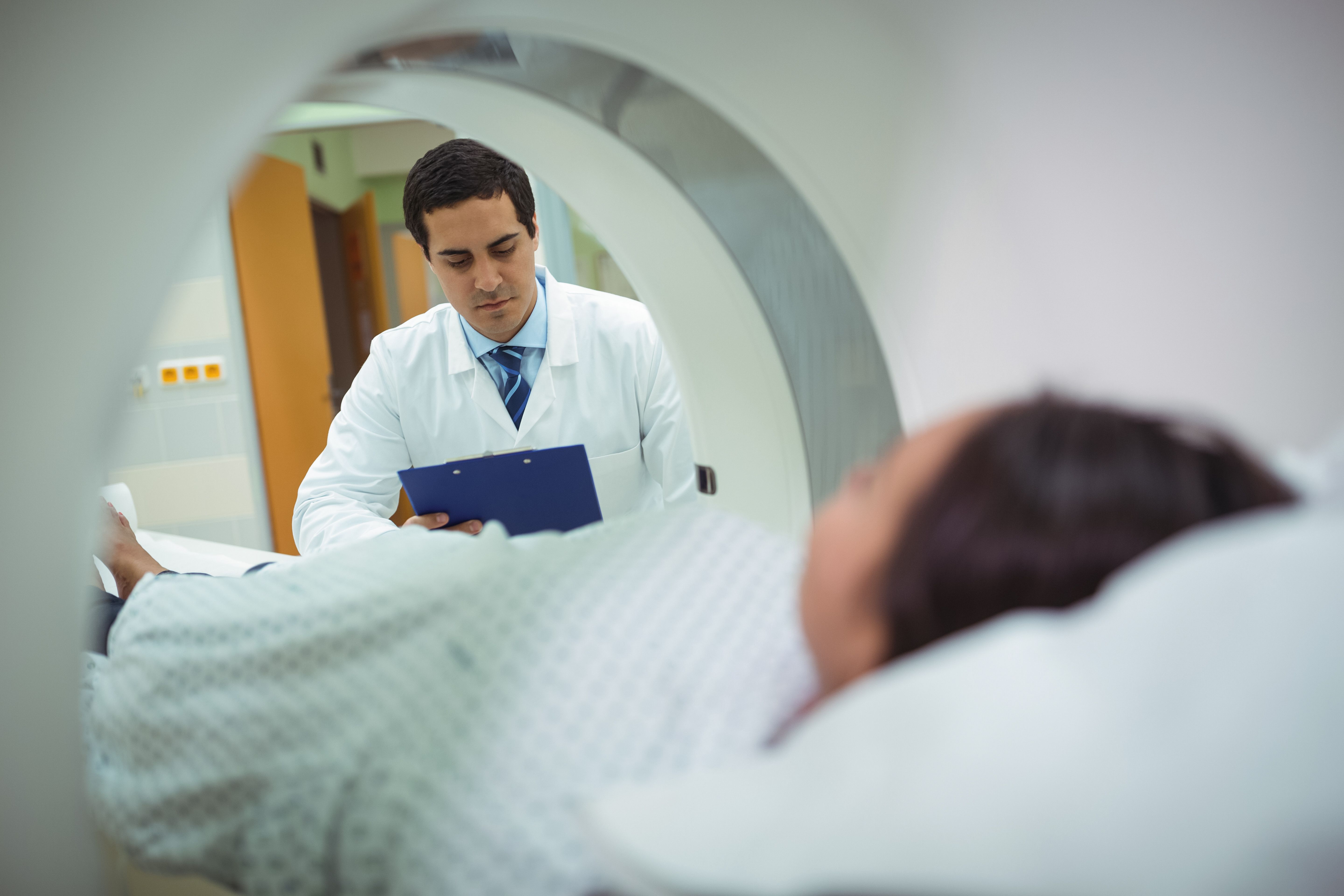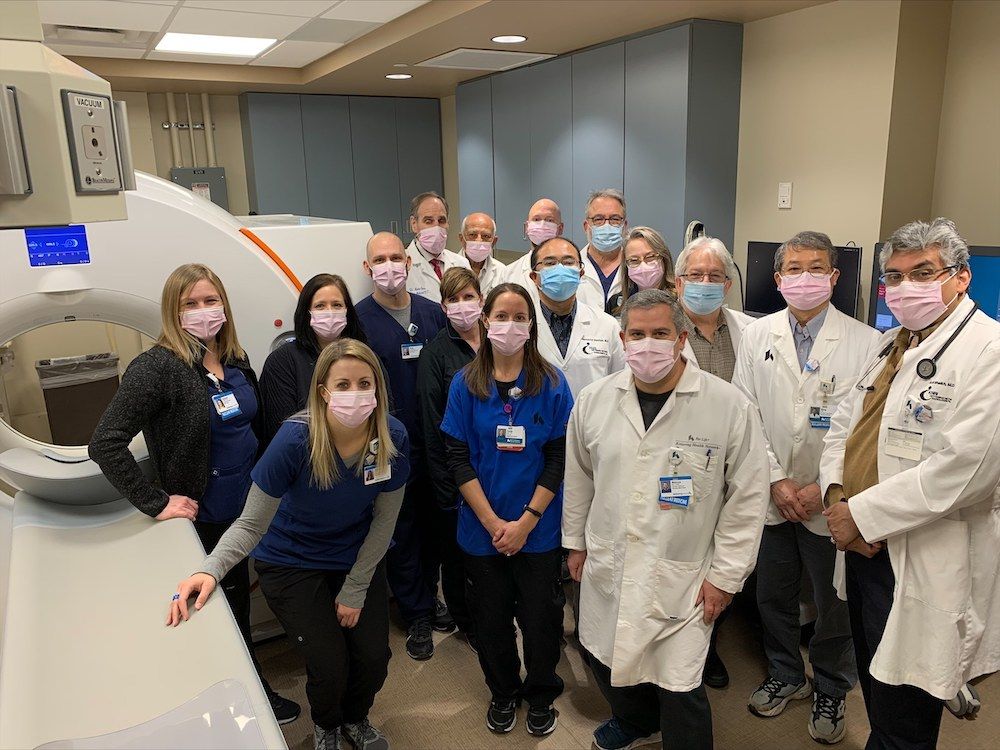How Does a DEXA Scan Work?
A DEXA scan uses a low dose of radiation to measure the minerals in the bone, providing you with a T-score.
Bones with more minerals are denser and stronger. However, due to pre-existing medical conditions or age, bones may lose density and weaken over time. Weaker bones are more susceptible to fractures and osteoporosis.

Who Needs a DEXA Scan?
Unless you have a pre-existing condition, DEXA scans are recommended beginning at age 65 for women and age 70 for men. Changes in bone density happen slowly, so a scan is needed only every two years.
It’s important to get scanned to reduce the risk of osteoporosis and fractures. By catching a decrease in bone mineral density early, we can reduce the risk of hip and vertebral fractures by 50% through lifestyle changes and medication.
Risk Factors for Osteoporosis
If you have any risk factors associated with osteoporosis, speak with your primary care provider to determine if you need a DEXA scan. Risk factors include the following:
- Female
- Postmenopause
- Advanced age
- Family history of osteoporosis
- Thin/small frame
- Caucasian or Asian descent
- Early estrogen deficiency
- Smoking
- Excessive use of alcohol
- Low calcium/Vitamin D intake
- Sedentary lifestyle
- Low testosterone
- Chemotherapy, radiotherapy, or hormone therapy treatments for breast or prostate cancer
Preparing for a DEXA Scan
The day before your scan, we ask that you do not take any calcium supplements. Supplements can take a while to break down, giving us an inaccurate indication of your bone mineral density. You may still eat food containing calcium and take prescribed bone-building medication.
We recommend you wear comfortable clothing to your appointment, such as athletic wear without zippers or buttons.
What You Can Expect
During the scan, you will lie on a cushioned table as we take images of your hips and spine. It’s an easy, painless process, which is usually done within 15 minutes.
If you had surgery on your hips or spine that has required hardware, an image of your forearm will be taken instead as you sit on the side of the table. A forearm image may also be taken if you cannot get onto the table for any reason.





